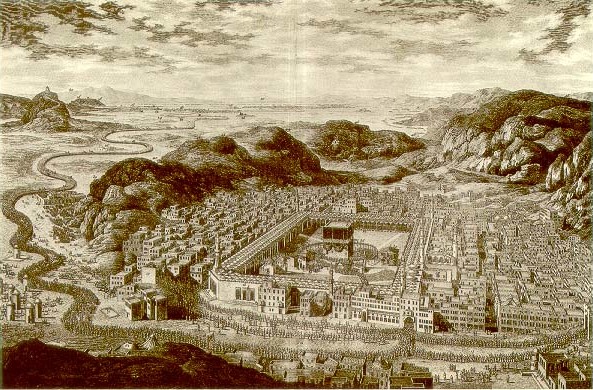"You don't really need modernity in order to exist totally and fully. You need a mixture of modernity and tradition" Theodore Bikel.
For this blog I’m going to be talking about Souq Wagif in Doha. I will be explaining why and how was the Qatari government successful in blending aspects of modernity along with traditions.
Souq Wagif (The Standing Market) was once a place where Bedouins traded and bargained during weekends, and is a now a masterpiece of architecture, art and cultural heritage. Thousands of people from all around the region still visit Souq Wagif to purchase traditional goods such as spices, food, jewelry, clothes, perfumes and even falcons.
It was first built more than hundred years ago, however, it was renovated and rebuilt in 2004. The unique thing about how it was renovated is that they used traditional building material as well traditional Qatari architectural techniques.
They did that to preserve the authenticity of the Souq and its general appearance, although they have added more buildings for example, the Art Gallery and Center. The aspects of modernity were obvious for instance, Souq Wagif has three world class hotels, cafes and restaurants, both international and traditional Qatari food
I decided that if I were to find out how people really feel about the changes that were made, I have to ask those who directly effected. In this case it was the shop owners. I conducted an interview with two textiles shop owners.
Surprisingly, they both had different opinions regarding the Souq Wagif’s past and presence. The older shop owner preferred the old golden days, the younger one embraced modernity. They both agreed that modernity did make their lives easier.
Modernity is the result of industrialization, and different generations have different opinions regarding how negative or positive our post-tradition present is. Can modernity blend well with traditions? Of course, as they it gets the best of both worlds. Qatar’s economy is booming and even though our society is being restructured and modernized, our government is encouraging us to maintain our traditional values and rich cultural heritage.
In Souq Wagif, the old meets new, the past meets present and the locals meet foreigns as a result of globalization and Mcdonaldization in a sense.
P.S. The photos were included in the video.
For this blog I’m going to be talking about Souq Wagif in Doha. I will be explaining why and how was the Qatari government successful in blending aspects of modernity along with traditions.
Souq Wagif (The Standing Market) was once a place where Bedouins traded and bargained during weekends, and is a now a masterpiece of architecture, art and cultural heritage. Thousands of people from all around the region still visit Souq Wagif to purchase traditional goods such as spices, food, jewelry, clothes, perfumes and even falcons.
It was first built more than hundred years ago, however, it was renovated and rebuilt in 2004. The unique thing about how it was renovated is that they used traditional building material as well traditional Qatari architectural techniques.
They did that to preserve the authenticity of the Souq and its general appearance, although they have added more buildings for example, the Art Gallery and Center. The aspects of modernity were obvious for instance, Souq Wagif has three world class hotels, cafes and restaurants, both international and traditional Qatari food
I decided that if I were to find out how people really feel about the changes that were made, I have to ask those who directly effected. In this case it was the shop owners. I conducted an interview with two textiles shop owners.
Surprisingly, they both had different opinions regarding the Souq Wagif’s past and presence. The older shop owner preferred the old golden days, the younger one embraced modernity. They both agreed that modernity did make their lives easier.
Modernity is the result of industrialization, and different generations have different opinions regarding how negative or positive our post-tradition present is. Can modernity blend well with traditions? Of course, as they it gets the best of both worlds. Qatar’s economy is booming and even though our society is being restructured and modernized, our government is encouraging us to maintain our traditional values and rich cultural heritage.
In Souq Wagif, the old meets new, the past meets present and the locals meet foreigns as a result of globalization and Mcdonaldization in a sense.
P.S. The photos were included in the video.



